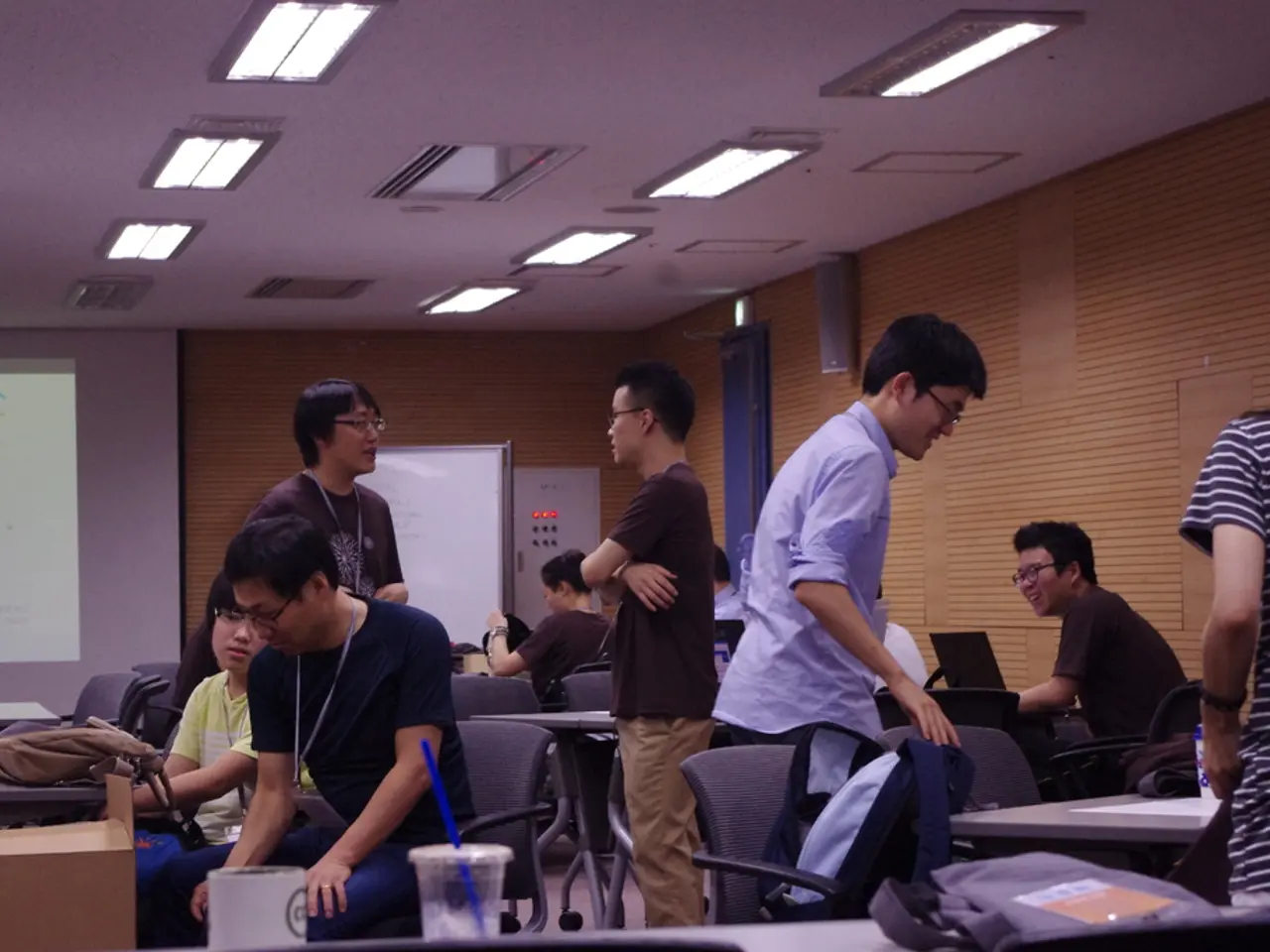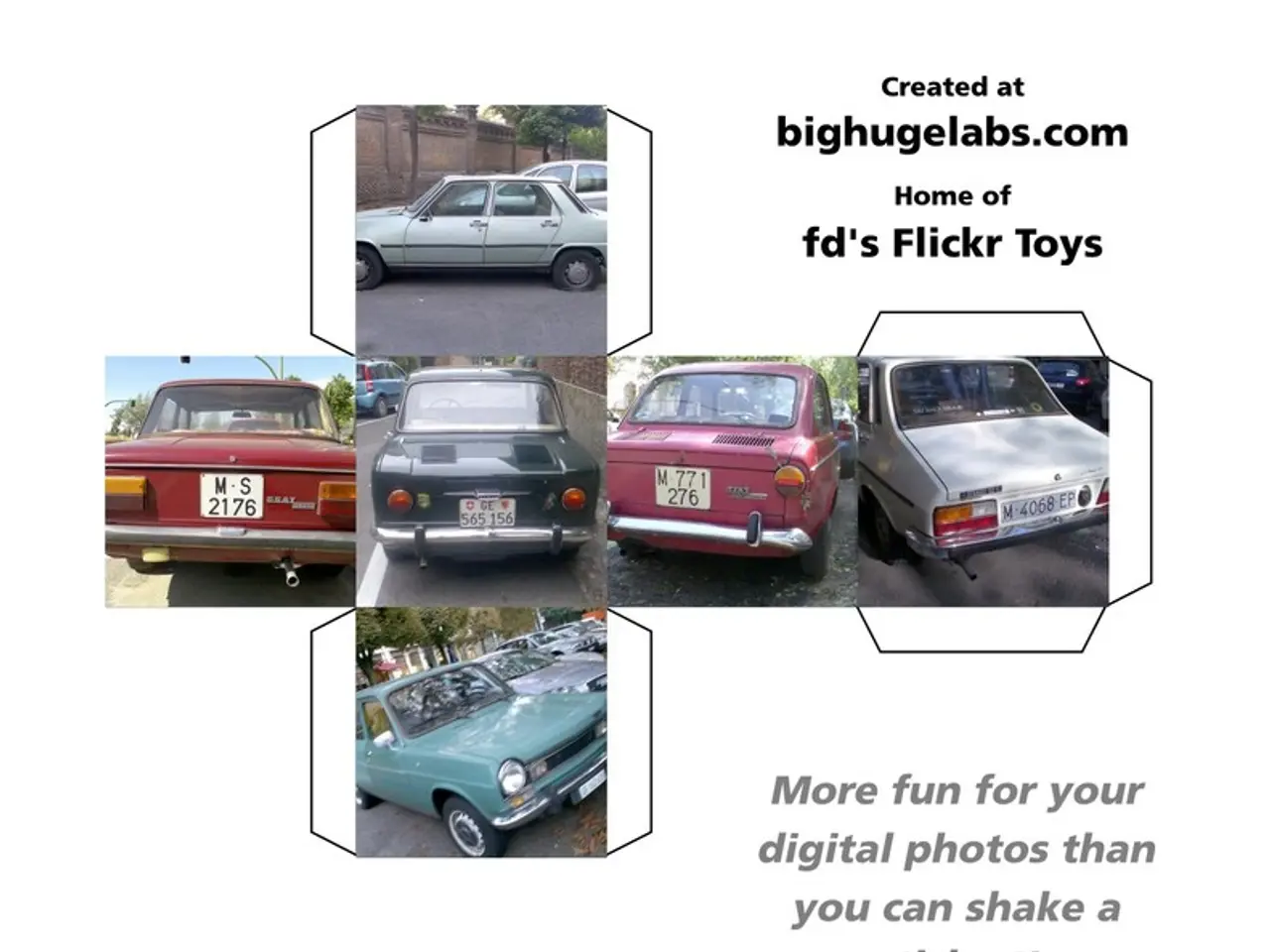Boosting Learning Drive and Participation for Achievement
In the realm of education, motivation and engagement are key factors that drive success. A multitude of factors, both psychological and environmental, can influence these aspects. Psychological factors such as self-efficacy, self-determination, and goal orientation play pivotal roles, while environmental factors like classroom settings, social dynamics, and community resources also have significant impacts.
One area that is increasingly being leveraged to foster motivation and engagement is technology. By creating adaptive, personalised, and immersive learning environments, technology can help students overcome barriers and maintain a love for learning.
One of the most promising approaches is gamification, which transforms learning into an engaging "game". Gamified elements such as rewards, badges, leaderboards, and quests stimulate intrinsic motivation by providing a sense of progress and accomplishment. Artificial Intelligence (AI) further enhances gamification by adapting difficulty levels based on student responses, offering personalised feedback, and creating dynamic challenges tailored to individual skill levels.
Another approach is the encouragement of technological problem-solving. This strategy stimulates curiosity and creativity, enhancing engagement and motivation. When students are given the opportunity to engage in technological problem-solving using educational technology, it fosters a sense of autonomy and competence, which are crucial for maintaining motivation.
Technology also caters to diverse learning styles by offering interactive applications, multimedia content, and virtual or augmented reality experiences. These tools transform abstract concepts into tangible, immersive experiences, making learning more engaging for visual, kinesthetic, and auditory learners alike.
However, the effective integration of technology depends on several factors. Teacher facilitation is vital in motivating students. When educators use technology meaningfully—aiding personalised learning, providing instant feedback, and creating engaging digital experiences—they help overcome barriers like lack of interest or fear of failure reported by students.
In conclusion, technology holds immense potential for fostering motivation and engagement in learning environments. By leveraging gamification, AI personalization, problem-solving, and accommodating diverse learning needs, technology can drive deeper student involvement and sustained curiosity. However, effective integration depends on teacher capacity, adequate infrastructure, and positive technological attitudes within education.
Future research directions include integrating technology and personalised learning experiences, examining the role of emotional intelligence, and adopting interdisciplinary approaches. As we continue to explore the intersection of technology and education, the possibilities for enhancing student motivation and engagement are boundless.
References: [1] Dede, C. (2006). Technological pedagogical content knowledge for teachers: A framework for teacher knowledge in the age of technology. Teachers College Record, 108(6), 1017-1054. [2] Prensky, M. (2001). Digital game-based learning. Educational Leadership, 58(2), 60-65. [3] Reeves, T. C., & Read, M. (2009). Educational games: Designs for learning. Routledge. [4] Jonassen, D. H., & Land, S. M. (2000). Cognition and technology: A handbook of cognitive-analytic research in human-computer interaction. Lawrence Erlbaum Associates. [5] Koehler, M. J., & Mishra, P. (2008). What is technological pedagogical content knowledge (TPACK)? Contemporary issues in technology and teacher education, 7(1), 60-70.
- Embracing e-learning technology, with its personalized and immersive learning environments, can encourage lifestyles geared towards education-and-self-development by provoking intrinsic motivation through gamification methods,AI adaptability, and technological problem-solving.
- In the realm of education, technology not only caters to diverse learning styles but also plays a significant role in fostering motivation and engagement, as it transforms abstract concepts into engaging, tangible experiences through the use of interactive applications, multimedia content, and virtual or augmented reality.




